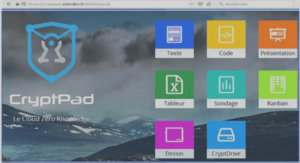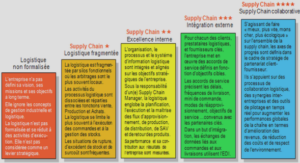Useful Nagios Resources
If you’re reading this, the chances are that you’ve heard about Nagios and would like to jump right in and set up a monitoring system. If this is the case, you’ve come to right place. This document aims to assist users in in- stalling, configuring, extending, troubleshooting and generally getting the most out of your Nagios system. It must be said that the documentation that ships with Nagios is excellent, and there are many of good tutorials that already exist. This book was written to complement the existing documentation that is already out there, and even go a little further in some areas – especially for the beginners. For the true beginners in the audience, you’ll find I have created a nice set of step by step instructions, walking you through the process of building a server from scratch, installing Nagios and configuring Nagios to monitor a typical network. Arguably the most useful source of Nagios information is the mailing list nagios-users. This list is frequented by expert Nagios developers and users alike and is *the* place to be if you’re serious about Nagios. A great deal of information in this book has been obtained through the help of people on this list, I highly recommend subscrib- ing and participating – to learn, and to help others learn. Almost every Nagios related question I’ve ever had has been answered and documented in the list archives. It’s a good idea to check there before posting.
Nagios was designed as a rock solid framework for monitoring, scheduling and alerting. Nagios contains some very powerful features, harnessing them is not only a matter of understanding how Nagios works, but also how the system you’re monitoring also works. This is an important realization. Nagios can’t automatically teach you about complex systems, but it will be an valuable tool to help you in your journey.The complexity of modern networks and systems is somewhat astounding, as any experienced System Adminis- trator will tell you. Even seemingly small networks found in many Small/Medium Enterprises (SME’s) can have extremely high levels of complexity in the systems they run.The Nagios package doesn’t contain any checking tools (called plugins) at all. Does that statement sound crazy? Sure, but let me explain. Nagios focuses on doing what it does best – providing a robust, reliable and extensible framework for any type of check that a user can come up with. So how does Nagios perform it’s checking? A huge number of plugins already exist that extend Nagios to per- form every type of check imaginable. And if there isn’t an existing check that already exists, you’re free to write your own. The nagios-plugins package is separately maintained and can be downloaded from various sources. We will cover the Nagios plugins later on.
Ethan Galstad is the creator of Nagios. Karl DeBisschop, Subhendu Ghosh, Ton Voon, and Stanley Hopcroft are the main plugin developers. Many other people have contributed to the project over the years by submitting bug reports, patches, ideas, suggestions, add-ons, plugins, etc. A list of some of the contributors can be found at the Nagios website.As with anything, each tool has it’s own set of strengths and weaknesses. Some are the applications may seem similar, but are very different and range from full blown SNMP management solutions, to simple applications with not much flexibility. Big Brother, OpenNMS, OpenView and SysMon (there are dozens more) are often compared to Nagios, however they are quite different in many respects. In my travels as an IT professional, Na- gios is the most commonly used monitoring tool by far. There are lots of specialist companies that offer moni- toring as a service. A large number of these use Nagios. The Nagios site maintains numerous screenshots that gives you a feel for the interface, however if you’d like to see Nagios in action, I’ve recorded a session where I shutdown an Apache service to simulate a problem. Nagios detects this problem and sends an email alert accordingly. It’s around 5 minutes long and will definitely give you a feel for Nagios.






